Droplets rolling across a lotus leaf spark device assembly idea
Scientists from China and Portugal have drawn inspiration from lotus leaves to devise a technique for arranging a wide range of materials, including cells, proteins and quantum dots, on a surface. Their method could be useful for making biomedical devices.
The team, led by Wenlong Song from Jilin University, noticed how water droplets strip dust from lotus leaves when they roll across their superhydrophobic surface. ‘We supposed that if this could be managed by a suitable driving force, it would allow the transfer of water-soluble materials onto the surface,’ explains Song.
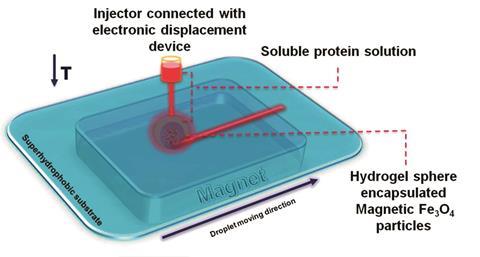
His team has now done just that. They put droplets containing a mixture of the material to be deposited, in this case protein, and chitosan hydrogel spheres onto a superhydrophobic surface. Iron oxide nanoparticles embedded into the hydrogel spheres meant a magnet placed on the other side of the surface could pull the the droplets against the surface, stamping it with the protein in the droplet, much like a ballpoint pen. The researchers can move the magnet to draw shapes or reduce its power to move the droplet without writing on the surface. They could also change the sphere’s size to allow them to draw thicker or thinner lines.
‘Unlike other patterning methods, this could be performed in any laboratory and almost all water-soluble materials can be deposited on a superhydrophobic surface,’ says Song.
Raechelle D’Sa, an expert in biomedical engineering from the University of Liverpool, UK, describes the idea as an elegant biomimetic approach. She highlights the technique’s versatility: ‘Surfaces with patterns of wettability rather than physical barriers can lead to advances in existing or new technologies, such as cell patterning, bioassays, high throughput screening and tissue engineering.’
To extend their method beyond water-soluble materials, the team are investigating ways to write oil-based materials onto superamphiphobic surfaces or even superhydrophilic surfaces under water.
References
This article is free to access until 24 March 2017
J Wang et al, Biomater. Sci., 2017, DOI: 10.1039/c6bm00867d
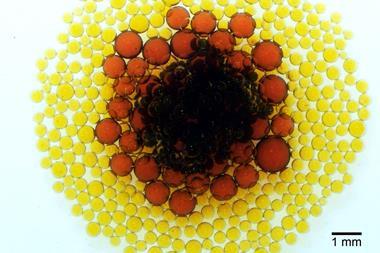
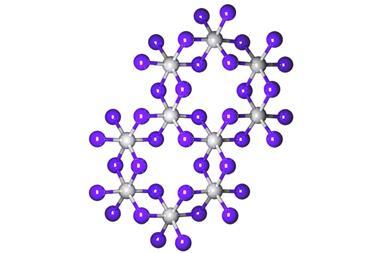
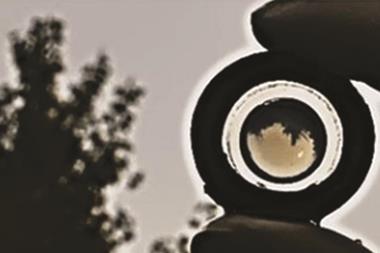
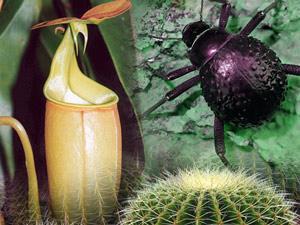
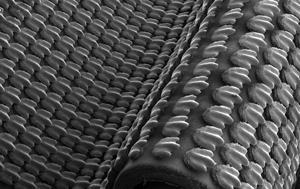







No comments yet